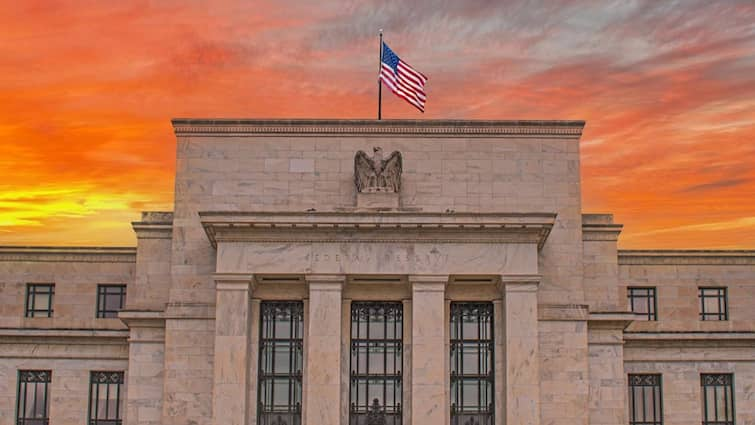The US Federal Reserve has lowered interest rates for the first time since December, citing mounting risks in the labour market. Policymakers reduced the benchmark rate by a quarter of a percentage point to a range of 4.00–4.25 per cent, and signalled that further reductions are likely in the coming months.
The decision followed growing concerns over slowing job creation, a shorter workweek, and rising unemployment among Black workers, reported Reuters. Federal Reserve Chair Jerome Powell said these warning signs had become the central focus for policymakers. “There are no risk-free paths … It’s not incredibly obvious what to do,” Powell remarked, adding that the Fed must balance inflation control with the goal of maximum employment.
Labour Market Worries Dominate Fed Thinking
Powell acknowledged that the pace of hiring has fallen below the level needed to keep the unemployment rate steady. He warned that limited recruitment, combined with even a modest rise in layoffs, could quickly worsen joblessness. “You see minority unemployment going up. You see younger people … more susceptible to economic cycles … in addition to just overall lower payroll job creation that shows you that at the margin, the labour market is weakening. … We don’t need it to soften anymore,” he said.
The Fed’s change of tone has built steadily through the summer. Initially preoccupied with the risk of tariffs fuelling inflation, officials have now shifted their attention towards labour market fragility. Despite inflation forecasts of around 3 per cent by year-end, still above the Fed’s 2 per cent target, the committee judged that employment risks now carry greater weight.
Trump’s Criticisms And Political Dissent
The rate decision was not free of political drama. President Donald Trump has frequently criticised the central bank for not cutting rates more aggressively, and recently attempted to remove Governor Lisa Cook. He also appointed Stephen Miran, previously with the White House’s Council of Economic Advisers, to the Fed board. Sworn in just before the meeting, Miran dissented, advocating for a sharper half-point reduction and indicating support for even deeper cuts ahead.
Powell, however, emphasised that politics did not shape the outcome. “It’s deeply in our culture to do our work based on the incoming data and never consider anything else,” he told reporters. Other Trump appointees, Vice Chair of Supervision Michelle Bowman and Governor Christopher Waller, sided with the majority after dissenting at the prior meeting.
A Balancing Act Of Inflation and Growth
Powell underlined that what matters most is not the single rate cut but the overall trajectory. Officials now expect the endpoint of the rate path to be slightly lower than projected in June, though Powell stressed that decisions will be taken “meeting by meeting.”
Despite inflation likely remaining above target this year, analysts said the Fed is prioritising job stability. “They are weighting the labour market more than the higher inflation,” noted Ellen Hazen, chief market strategist at F.L. Putnam Investment Management. Christopher Hodge, chief US economist at Natixis, added that the Fed is “ultimately moving towards neutral,” even at the expense of temporarily higher inflation.
Updated projections show inflation holding at 3 per cent for 2025, unemployment steady at 4.5 per cent, and GDP growth nudging slightly higher at 1.6 per cent.



